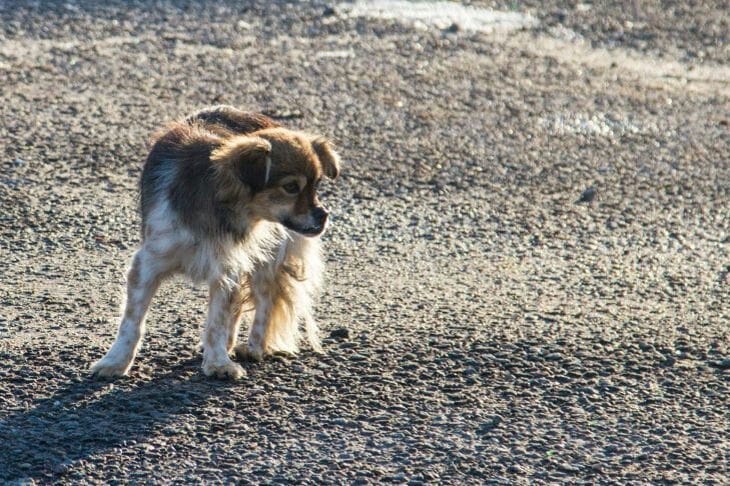New puppy owners sometimes complain that their pet eats poorly or refuses to eat food at all.
Instead of worrying unnecessarily, remember the main rule: no healthy dog has ever died of hunger near a bowl of food.
The following conclusion follows from this: first, make sure that your pet is healthy. In addition to lack of appetite, such signs as a sad appearance, depressed state, bad mood, high temperature, problems with stool, etc. indicate a painful condition.

If the reason is not the dog's health, then most likely it is because the pet is not hungry at all.
The puppy could eat more at the breeder's house than at his new owner's, but he also received completely different workloads, frolicking with his mother and other puppies all day long. Another important factor affecting a dog's appetite is the presence of competition.
Now the dog’s life has changed: it has different workloads and, accordingly, energy expenditure, so there is simply nowhere for a “mad” appetite to come from.
And the owner, not suspecting anything, continues to offer the puppy portions that were recommended by the breeders, while using food specially designed for babies, which, in addition to everything else, is distinguished by its high calorie content.
Here's a way out of this situation: if your dog starts eating worse, try increasing the load and reducing his portion.
But it is better to refuse tasty treats between feedings. Likewise, you should not add anything to the food “for appetite”, for example, pate, cheese, etc., and do not even think of changing the food to find the most delicious one - such changes are fraught with allergies or other health problems.
Earlier we talked about 3 disadvantages that the British cat has.
